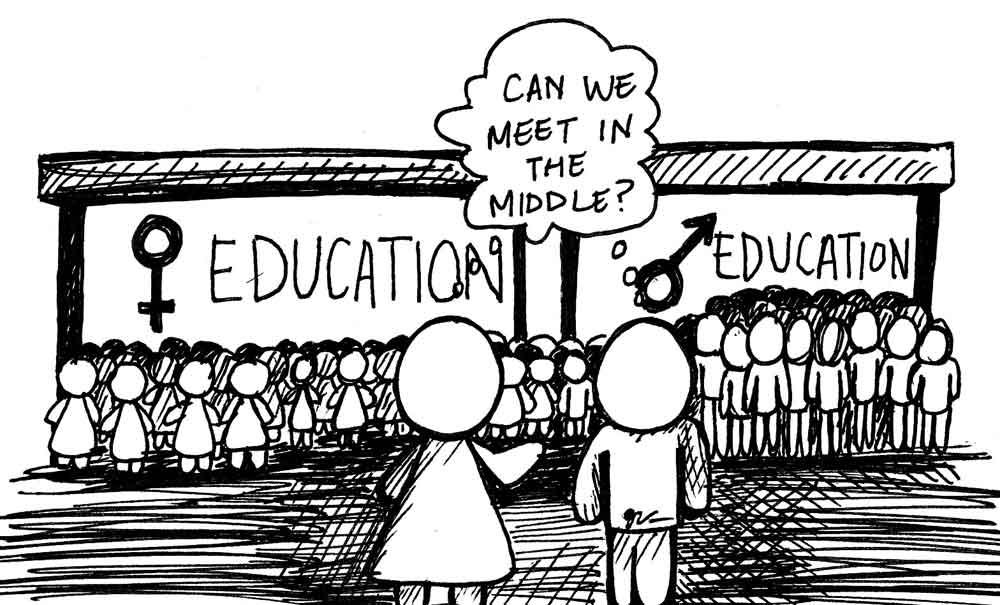Coed schools, also known as mixed-gender or coeducational schools, are schools that enroll both male and female students. Single gender schools, on the other hand, are schools that enroll either only male or only female students. Both types of schools have their own set of pros and cons, and the decision of which type of school is best for a particular student can be a complex one. In this essay, we will explore the pros and cons of coed and single gender schools to help parents and students make an informed decision.
One of the main advantages of coed schools is that they provide a more diverse and inclusive learning environment. Coed schools offer students the opportunity to interact with and learn from a diverse group of peers, which can help them develop social skills and cultural competency. This can be especially beneficial for students who may not have as much exposure to diversity in their daily lives.
Another advantage of coed schools is that they can better prepare students for the real world. In the real world, men and women typically work and interact together, and coed schools can provide students with the opportunity to learn and work alongside their opposite-gender peers in a supervised and supportive environment. This can help students develop the skills and confidence they need to succeed in a diverse and inclusive workplace.
However, coed schools are not without their drawbacks. One potential disadvantage is that students may be more likely to face distractions and distractions in a coed environment. This can be especially true for younger students who may not yet be mature enough to focus on their studies in a mixed-gender setting. Additionally, some research has suggested that boys and girls may learn differently and that single gender schools may be better suited to meet the unique learning needs of one gender or the other.
Single gender schools can also have their own set of advantages. For example, some research suggests that students in single gender schools may have better academic outcomes, particularly in math and science. This may be due in part to the fact that single gender schools can tailor their curriculum and teaching methods to better meet the unique learning needs of one gender. Additionally, students in single gender schools may feel more comfortable discussing sensitive topics or participating in certain activities that they may feel self-conscious about in a coed setting.
However, single gender schools also have their own set of drawbacks. One potential disadvantage is that students may miss out on the opportunity to interact with and learn from a diverse group of peers. This can be especially true for students who attend a single gender school that is not reflective of the broader community in terms of gender, race, or socio-economic status. Additionally, single gender schools may not provide students with the same level of exposure to diversity as coed schools, which can limit their ability to develop cultural competency and social skills.
In conclusion, both coed and single gender schools have their own set of pros and cons, and the decision of which type of school is best for a particular student will depend on a variety of factors. Parents and students should carefully consider their own needs and goals when making this decision and should seek out the advice of education professionals as needed.








